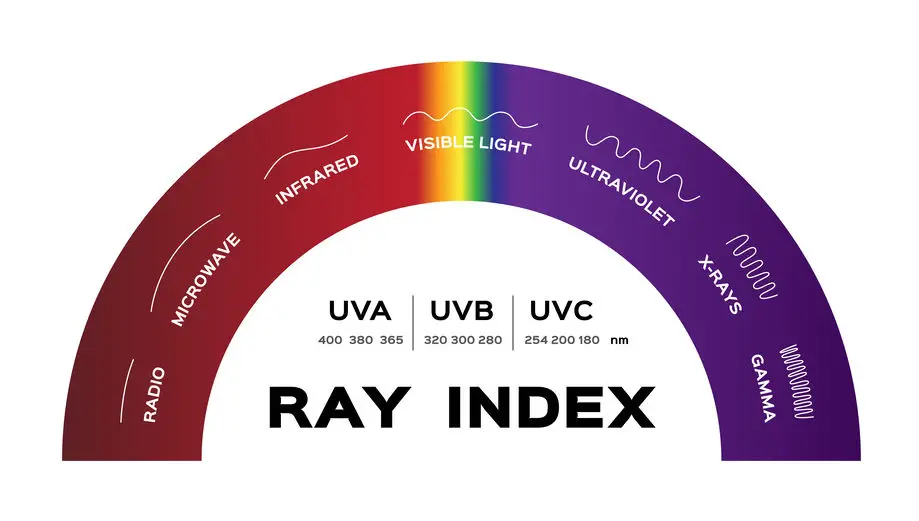Do Animals See In Black And White?
For a long time, it has been debated about whether or not animals can see colours or not, more specifically whether or not they see in black or white. But do they actually see in black and white or do they see colours like us?
While specific animals such as the skatefish are completely colour-blind, most animals have colour vision that goes beyond seeing in black and white. For example, cats and dogs see mostly blues and yellows while other animals such as butterflies are even better at perceiving colour than we are.
In this article, we will dive deeper into how animals are able to see colours and why they are not limited to black-and-white vision as we’ve previously thought.
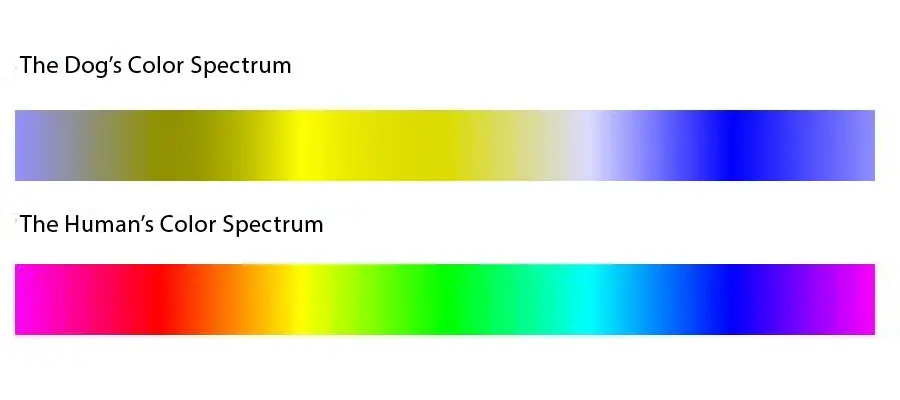
Contents
How Can Animals See Colours?
We have just established that animals do in fact have the ability to see colours, but how exactly are they able to do this? They do this the exact way humans do, with the help of photoreceptors.
Photoreceptors are essentially the cells in the eyes which help the brain interpret the light wavelengths that enter our eyes. There are two types of photoreceptor cells, rods and cones.
These two cell types have two separate unique functions. The rods are sensitive to light levels and determine how brightly we see whereas the cones are sensitive to the wavelengths it perceives, meaning that the cones are responsible for colour vision.
That said, there is not only one type of cone cell. Cone cells are divided into different groups depending on which wavelengths they are sensitive to. As for cats and dogs, these are divided into 2 different groups, one group that is sensitive to blue and one that is sensitive to yellow.
This means that there is a part of the visible light spectrum that is not covered by their cones’ sensitivity. This part of the spectrum will appear grey to animals without this range of the spectrum, which explains why these animals are not able to see reds or greens.
Human Colour Vision
Now that we understand how animals are able to see colours, how does this compare to human vision? The main difference between us and dogs in terms of vision is the fact that we have an additional group of cone cells.
While cats and dogs have two groups of cells humans have three. Our groups of cells are sensitive to red, green and blue, which makes up the basis for RGB colour theory.
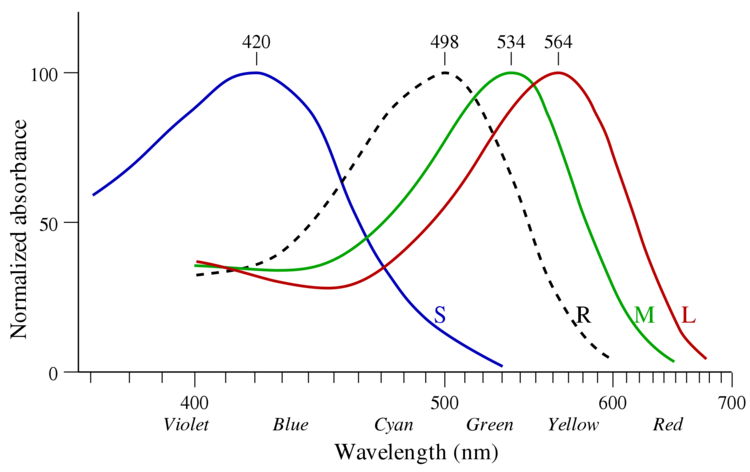
Having 3 different photoreceptive cone cells means we have a “trichromatic” vision. This is opposed to dichromatic vision or monochromatic vision, which means only having cone cells that are sensitive to 2 or 1 of the base colours respectively.
Animals With Worse Colour Vision Than Ours
Now that we’ve established that animals have the ability to see colour we can look at some specific examples of animals that have a worse colour reception than us. We will divide these animals into two groups, animals with dichromatic vision and animals with monochromatic vision.
Dichromatic Animals
As previously mentioned, dichromatic vision is when an animal’s eye has photoreceptive cone cells that detect 2 out of the 3 base colours. The most common form of this is the perception of blues and yellows but colour blindness to reds and greens.
There are a lot of animals that fall under this category, most notably cats and dogs as previously mentioned. That said, dichromacy is very widespread throughout most mammals.
Some dichromatic animals are:
Elephants
Zebras
Pandas
Squirrels
Pangolins
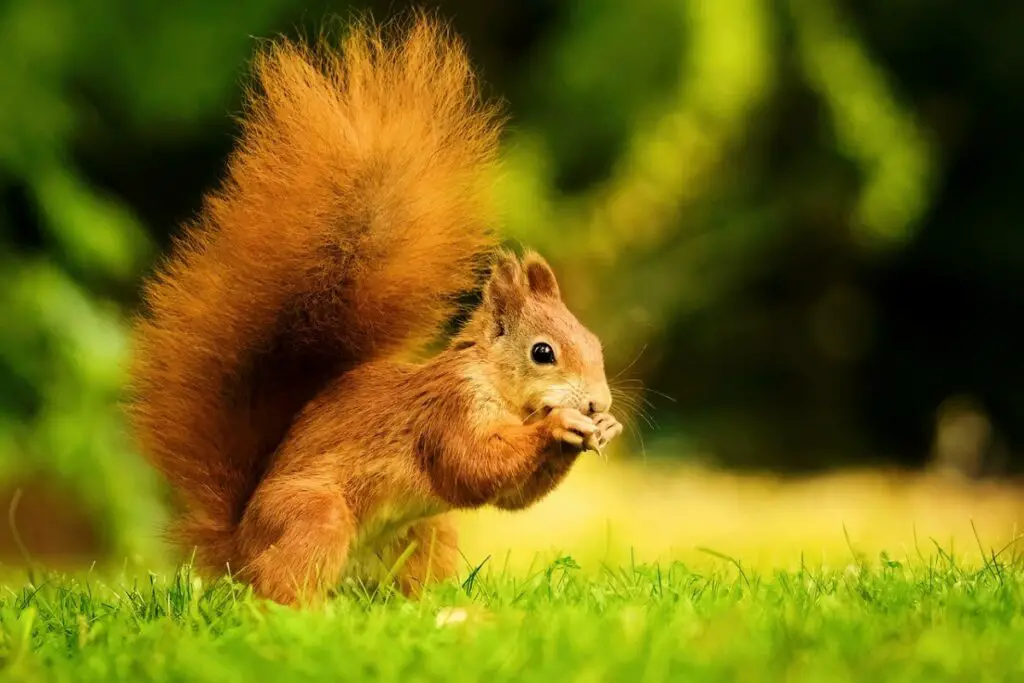
There are plenty more animals that have a dichromatic vision, however, we are not always certain of this quite yet since the studies of chromatic vision is not particularly finalized around most animal species.
But now that we’ve concluded that some animals have a dichromatic vision, why is it that they have this over a trichromatic vision as we do?
The main reason for this is believed to be that these animals simply lost the ability to see certain colours over the course of evolution. This can be either because of different mutations or simply because evolution deemed it unnecessary.
That said, it has been researched that dichromacy can come with certain benefits. One study published in 1992 suggests that animals with dichromatic vision have a better ability to spot camouflaged objects than trichromatic animals.
Monochromatic Animals
Lastly, we have a group of animals with a monochromatic vision. This group is not quite as large as the dichromatic animals, but there are still a fair amount of monochromatic animals out there.
Most monochromatic animals can be found in the sea. A list of monochromatic animals could look like this:
Seals
Sealions
Walrus
Dolphins
Whales
Sharks

Monochromatic animals by definition only have the colour vision of one base colour, and among these animals that colour is green. This gives them vision over green colours and a bit of blue.
The main reason why they evolved to see greens could be explained in that the most common colour underwater is green, which is due to how light (and therefore colour) is lost the deeper underwater you go. It can also be explained that it was simply deemed unnecessary by evolution to be able to see reds and yellows, for this reason, or others.
What Animals See In Black And White?
Now that we’ve discussed the general colour vision among animals, are there any animals at all which see in black and white?
This question can be reduced to asking if there are animals at all that lack cone cells since they are the cells that are responsible for colour vision. And to this, the answer is yes, there has been an animal discovered that completely lacks cone cells.
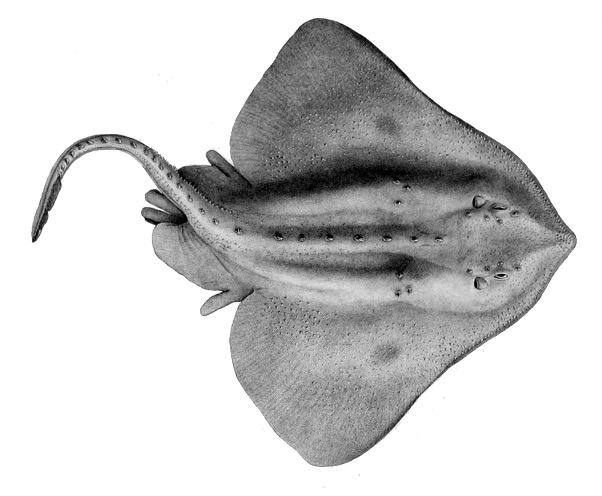
This animal is the skatefish, which is an animal that looks a lot like stingrays and is also closely biologically related to sharks.
They are currently the only animal on the planet in which we have been able to prove full biological colour blindness, due to their complete lack of cone cells. You can read more about that in this scientific article.
While this is the only animal we have found definitive proof for in terms of colour blindness it is highly unlikely that it is the only one of its kind. However, only time will tell if it is alone in this regard.
Are There Animals With Better Colour Vision Than Us?
Now that we have looked at animals that all have colour blindness compared to us trichromatic animals, are there any animals that surpass our colour vision?
This question is rather complex since colour vision is not purely based on how many different photoreceptive cones an animal has. But in terms of cones, there are indeed animals with a wider array of cones than we do.
Humans have three different cones, which is not much compared to the complexity of other animals. For example, most butterflies have around 6 different sets of cones. However, there is a species of butterfly known as the Japanese yellow swallowtail, which has been found to possess an astounding 15 different photoreceptive cone cells.
While the different amount of cone cells is exceptional and impressive, it does not in fact equate to being able to see more colours than us. This is because the cones only help pick up the colouring of different wavelengths of light at its base, it does not add additional colours on top of that.
The only benefit it may have is that it can help spot sudden changes in the immediate environment since animals with more cone cells are more sensitive to smaller colour shifts than we are.
That being said, there are certain animals which in addition to having a better sense of colour than we do, are also able to see colours outside of our vision, such as UV or IR. You can check that out here.
Conclusion
In conclusion, animals do not generally see the world through black-and-white lenses. Most animals see the world through some variation of blue, yellow and green while some only see one of these colours.
Despite this, the skatefish’s lack of cone cells is rather interesting and opens up the possibility of more animals lacking photoreceptive cone cells.

